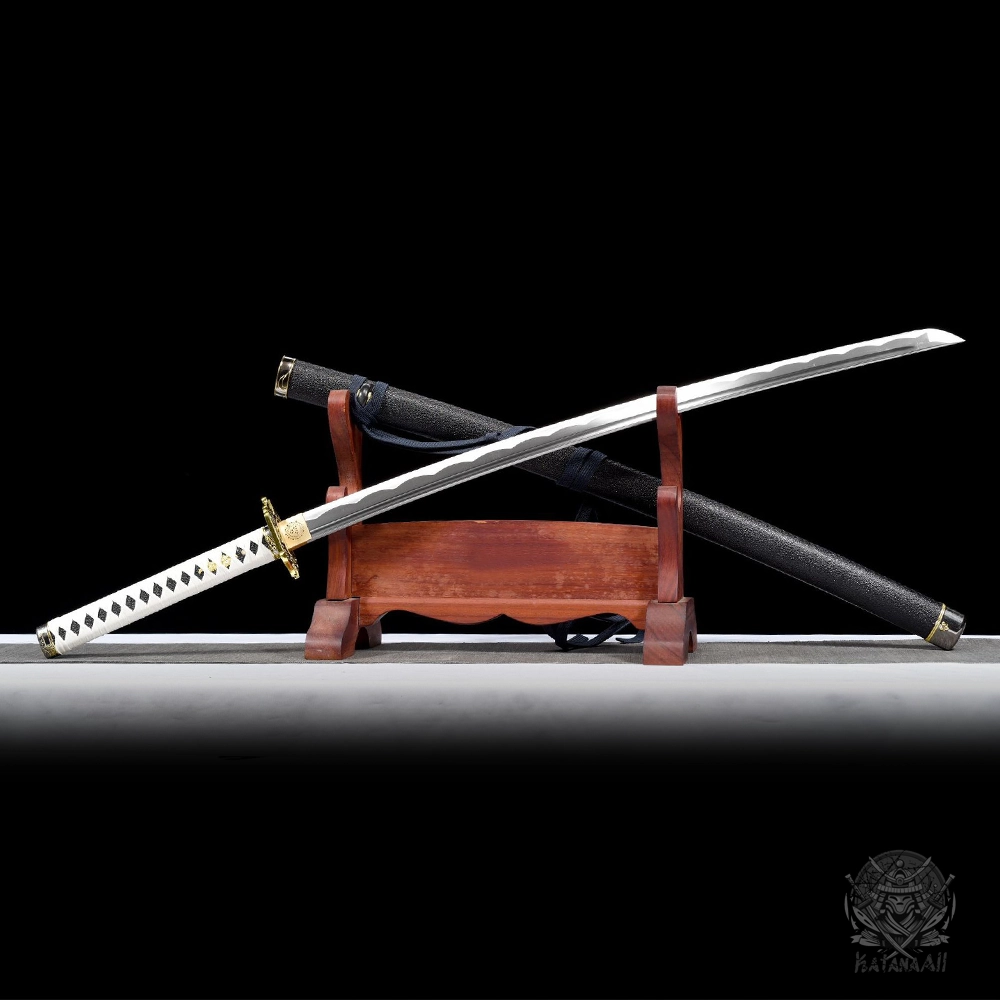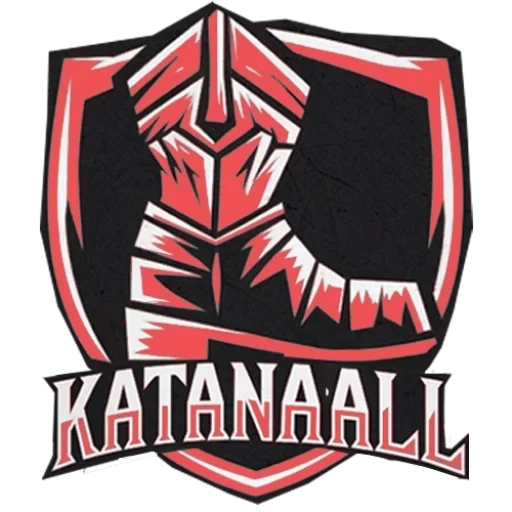Appreciating Sword Value Trends: How Sword Collecting Has Evolved Over Time

So, you’ve decided to dive into the world of sword collecting—whether you’re eyeing a beautiful katana or an ancient longsword, you’re in for a fascinating journey. But, if you’ve started looking into the value of swords, you might be scratching your head about one thing: how do you determine a sword’s worth? It’s not as simple as looking at the price tag. Trust me, I’ve been there. As someone who’s been involved in sword collecting for years, I’ve seen firsthand how sword values can shift over time.
The world of sword valuation is complex, but once you understand the trends, it can help you make smarter decisions whether you’re buying, selling, or simply admiring the artistry of these magnificent weapons. In this post, let’s talk about how to appreciate sword value trends and why certain blades become coveted treasures while others fade into obscurity.
Understanding Sword Value: What Makes a Sword Valuable?
First, let’s get to the heart of the matter. What gives a sword value in the first place? The factors are a mix of craftsmanship, material quality, rarity, and even historical significance. I remember the first time I saw a hand-forged katana—the craftsmanship, the history behind the blade, and the feeling it evoked were enough to make me appreciate it beyond just a weapon. This is true for most collectors: the sword isn’t just about cutting; it’s about the story it tells.
Key Factors Affecting Sword Value
| Factor | How it Impacts Value |
|---|---|
| Material Quality | High-quality steel (like Tamahagane for katanas or Damascus steel) increases value |
| Craftsmanship | Hand-forged blades with intricate details are more valuable than mass-produced swords |
| Rarity | Limited-edition swords or those with a rich historical background can increase value |
| Condition | Swords in excellent condition fetch higher prices, especially without rust or chips |
| Historical Significance | Antique swords or those with a provenance are worth far more |
How Sword Value Trends Have Evolved
I’ve been collecting swords for quite a few years, and trust me when I say, sword values aren’t what they used to be. Over time, I’ve noticed some key trends that have influenced how collectors and investors appreciate sword value.
1. The Rise of Artisan Swords
One of the biggest shifts I’ve seen is the rise of artisan-made swords. We’re talking hand-forged, custom katana blades, and other high-end, craftsmanship-focused pieces. These swords often command higher prices because of the artistry and skill that goes into each blade. I recently picked up a handcrafted katana from a master swordsmith, and let me tell you—the quality is like nothing I’ve ever felt. That sword could likely hold its value for years to come.
- Why This Trend? More collectors are moving away from mass-produced swords and looking for something unique—something with a story, a connection to the craftsman, and an unparalleled attention to detail.
2. The Influence of Japanese Katanas
If you’re in the sword world, you’ve probably noticed the ongoing fascination with Japanese katanas. Over the past two decades, these blades have grown in value, especially the older and more authentic pieces. I’ve seen a rise in collectors who want traditional katanas, often from well-known swordsmith families.
- Why This Trend? With the cultural significance of the katana, especially as seen in popular media, the value of a true Japanese katana has skyrocketed. These swords aren’t just weapons; they are cultural icons.
3. Rising Demand for Collectible Swords
The market for collectible antique swords has exploded, especially for pieces with provenance—meaning a history behind the blade. Swords that were once hidden in private collections are now becoming more accessible at auctions, driving their prices up.
- Why This Trend? With online marketplaces and auction sites like eBay and Bonhams, collectors can easily find swords that once were reserved for high-end buyers only. The internet has opened the door for global collectors and has increased demand for swords with historical significance.
How to Recognize the Value of a Sword
If you’re new to sword collecting, here are some quick tips on how to determine the value of a sword before buying or selling.
- Research the Swordsmith: If you’re looking at a katana or any other sword, check the signature (mei) of the swordsmith. A famous swordsmith can drastically increase the value of a sword, as their blades are highly prized.
- Condition is Key: Even if you have a historically significant sword, the condition is crucial. A blade with rust, chips, or broken parts will lose much of its value, so always inspect the sword thoroughly.
- Authentication: Especially for antique swords, having authentication documents or a provenance history can greatly affect value. It’s worth investing in getting the sword evaluated by a professional appraiser or a recognized sword expert.
Value Trends by Sword Type
Let’s break it down by the type of sword and how its value has evolved over time:
| Sword Type | Trend and Value Growth |
|---|---|
| Japanese Katana | High demand for authentic katanas from recognized swordsmiths, prices climbing. |
| European Longsword | Prices are stable, but older antique pieces have seen an uptick in value. |
| Military Swords | Some historical WWII swords have become more valuable due to increased interest. |
| Custom/Artisan Swords | Big growth in value as collectors seek unique, hand-crafted pieces. |
FAQ: Appreciating Sword Value Trends
Q: What makes a sword more valuable?
A: The material quality, the craftsmanship (hand-forged is always a plus), historical significance, and the condition of the sword all affect its value. A katana from a renowned swordsmith can increase in value by thousands of dollars.
Q: Are there certain sword types that are more valuable than others?
A: Yes, authentic Japanese katanas, antique swords, and artisan-made blades tend to appreciate in value over time. Swords tied to historical events also carry a higher value.
Q: How do I know if my sword is worth anything?
A: To assess your sword’s value, you’ll want to check its provenance, the quality of the materials, and if it has any famous swordsmith signatures. You might also want to have it appraised by a professional.
Q: Should I invest in swords for financial gain?
A: If you’re looking to invest, Japanese katanas, custom artisan swords, and antique swords can see significant appreciation. However, sword collecting is also about passion and preservation, so if you’re in it purely for financial reasons, make sure to do your research.
Conclusion
Appreciating sword value trends takes time, but once you understand the factors that contribute to the worth of a sword, you’ll be better equipped to make informed decisions. Whether you’re collecting for passion, for investment, or simply for the love of craftsmanship, knowing how values have shifted and what to look for in a sword is essential.
So, whether you’re shopping for your first katana or looking to add a new blade to your collection, keep these trends and tips in mind. Happy collecting, and may your swords stay sharp!
